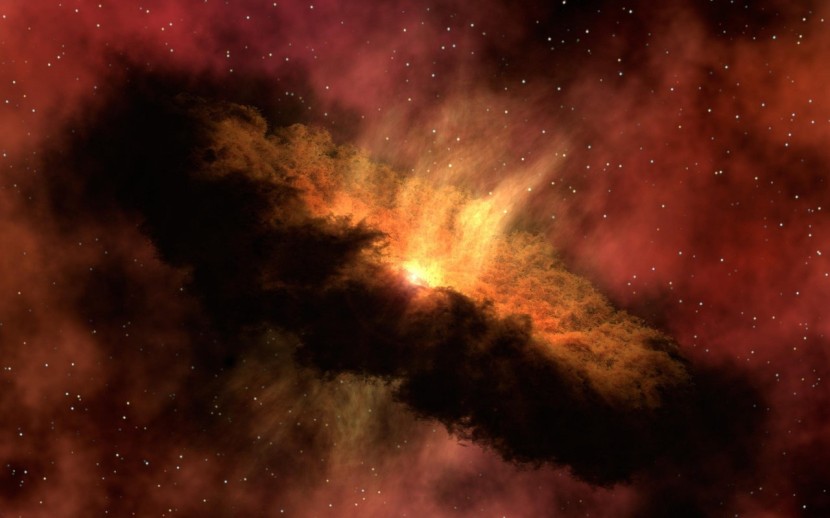
Scientists discovered two supermassive black holes on a collision course and are expected to merge to form one supermassive black hole in a few hundred million years.
The discovery of the two massive objects could help astronomers understand what would happen when our Milky Way galaxy merges with the Andromeda galaxy in roughly 4.5 billion years.
Collision of Supermassive Black Holes
Supermassive black holes are believed to exist in the center of every significant galaxy known to man, growing larger and larger as they continue to draw in and devour enormous quantities of dust, gas, and stars from the surrounding space environment. When galaxies collide, their singularity cores are also thrown into proximity.
The two newly-discovered supermassive black holes were found when scientists observed the aftermath of one such galactic merger roughly 480 million light-years away from our planet in Cancer.
The black holes were found feasting on the maelstrom of space materials disturbed by the cosmic crash of their galaxies. The finding represents the closest black holes ever discovered by humans locked in the act of merging, as per IGN.
Scientists made the discovery using the Atacama Large Millimeter/Submillimeter Array (ALMA) to peer through the bright, dusty space environment at the heart of the cosmic merger. It was there that they were able to identify the supermassive black holes.
The monstrous duo, collectively known as UGH4211, was then targeted by a collection of seven powerful observatories, which include the Hubble Space Telescope. The data taken from the observations revealed that the two black holes had masses of 125 and 200 million times the mass of our sun and were separated by a distance of roughly 750 light-years.
The paper detailing the discovery of the cosmic merger was published in The Astrophysical Journal Letters. The scientists used the data to estimate the amount of supermassive black holes that could merge throughout the universe.
Read Also : Ozone Layer Slowly Healing, on Track To Recover by 2066 Amid Decline in Airborne Chemicals, Scientists Say
Difficult to Identify
According to CNN, while the human eye cannot directly view black holes, they can be known because bright clusters of stars and warm, glowing gas surround them. Over time, the two cosmic objects will circle one another in orbit until they finally crash into each other and become one black hole.
The team of scientists that made the discovery also shared their findings at the 241st meeting of the American Astronomical Society that is being held in Seattle this week. An associate research scientist at the Flatiron Institute's Center for Computational Astrophysics in New York City, Chiara Mingarelli, who is a co-author of the study, said that the distance between the two black holes was "fairly close to the limit of what we can detect."
Mingarelli and Flatiron Institute visiting scientist Andrew Casey-Clyde used the new findings to estimate the population of merging supermassive black holes in the universe. They predicted that an abundance of supermassive black hole pairs exists and are responsible for generating a significant amount of ultra-strong gravitational waves, SciTechDaily reported.
Related Article: NASA Captures Image of Sun's Powerful X-Class Solar Flare Capable of Disrupting Earth's Magnetic Field
© 2025 HNGN, All rights reserved. Do not reproduce without permission.








